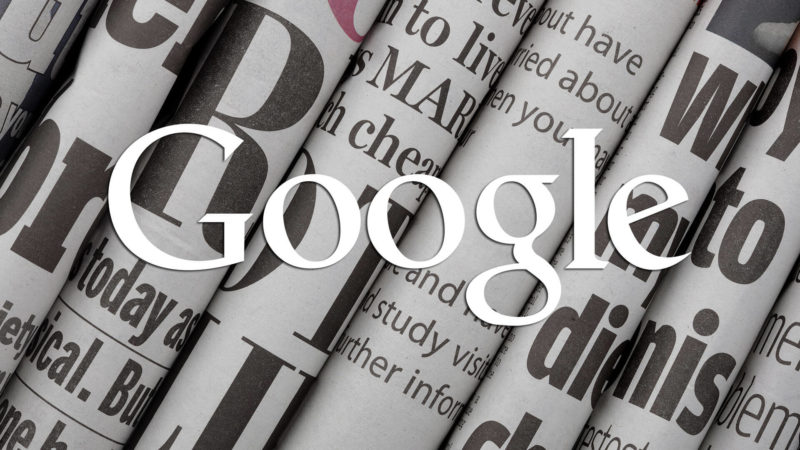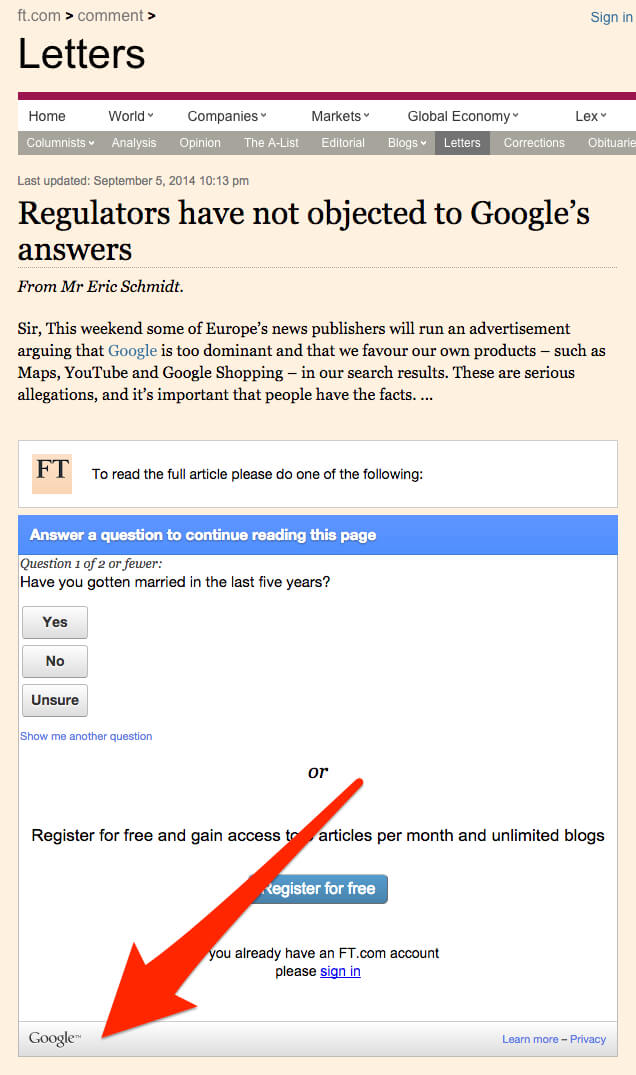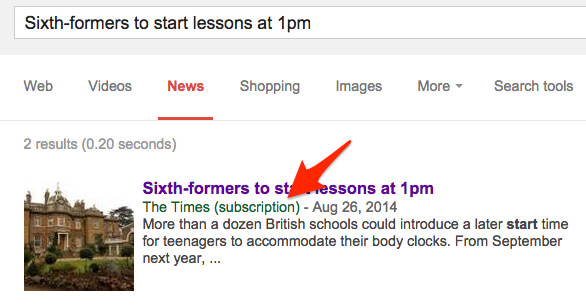How Google Fails To Enforce “First Click Free” — An Eric Schmidt Case Study
News publishers often want to be listed in Google. News publishers also often want to have paywalls or registration barriers. The good news is Google has rules that allow for this. The bad news is that Google routinely fails to enforce these rules. Below, a case study involving content in a major publication authored by […]

News publishers often want to be listed in Google. News publishers also often want to have paywalls or registration barriers. The good news is Google has rules that allow for this. The bad news is that Google routinely fails to enforce these rules.
Below, a case study involving content in a major publication authored by Google’s own executive chairman, Eric Schmidt.
I was doing a search today and came across a news story that looked of interest:
When I clicked on the story — a letter that Google executive chairman Eric Schmidt wrote to the Financial Times addressing the EU’s anti-trust investigation of his company — the text initially loaded and then was replaced with a barrier:
In order to read the entire article, I either needed to take a short survey or register for free. The survey, ironically, is powered by the Google Consumer Surveys program, where publishers earn money by displaying surveys on behalf of others.
I shouldn’t have had to do either thing, take the survey or register to read the article. That’s because Google has — supposedly — some pretty strict rules as part of its “First Click Free” program which requires publishers to show the article without any such barriers, if those publishers want to be listed in Google without some type of disclaimer.
The Rules Of First Click Free
The First Click Free program is very specific. If you want to participate — to be listed in Google or Google News — you have to let people in without any barrier to reading, unless you want some type of disclaimer next to your listing. To quote the guidelines:
First click free: We’ve worked with subscription-based news services to arrange that the very first article seen by a Google News user (identifiable by referrer) doesn’t require a subscription. Although this first article can be seen without subscribing, any further clicks on the article page will prompt the user to log-in or subscribe to the news site….
It is possible to limit the number of free articles that a Google News reader can access via First Click Free. A user coming from the domain [*.google.*] must be able to see a minimum of 5 articles per day. This practice is described as “metering” the user: when the user has clicked on too many of a publisher’s articles from Google News, the meter for freely accessible articles on that site is exhausted.
If your site meters access on a weekly or monthly basis, you are still responsible for showing a minimum of five articles per day to Google users. Otherwise, your site will be treated as a subscription site.
I’ve bolded the key parts. If a site doesn’t want to be labelled and treated like a subscription site, it has to let anyone coming from Google read the full-text of a story, for up to five articles per day.
But wait! Taking a survey isn’t the same as registering or subscribing, so the Financial Times isn’t doing anything wrong, nor is Google failing to enforce its own rules!
Technically, that might be true. And I’ll check again with Google on this. But showing a survey barrier is not in the spirit of First Click Free. More importantly, when I raised this issue happening with another publication (the Christian Science Monitor) with Google just over a month ago, I was told that First Click Free-participating sites shouldn’t be using survey barriers, either.
Despite this, here I am encountering one again. It’s also not uncommon that I might try to go to a site like the Wall Street Journal and not get to view an article without a subscription. This has happened to me with a number of other sites, as well. It’s so common that I’ve simply concluded that at this point, First Click Free is something Google’s not serious about enforcing.
The Subscription Label
Of course, some sites don’t want to participate in First Click Free. They want their content available only to subscribers, yet they still want to be listed in Google. That’s what the whole “subscription site” treatment is about. Google will still list these sites, but it will put a little “Subscription” label next to their listings, so users know that the content requires free or paid registration. From Google’s rules:
Subscription designation, snippets only: If First Click Free isn’t a feasible option for you, we will display the “subscription” label next to the publication name of all sources that greet our users with a subscription or registration form.
Here’s an example of how it looks for The Times of London:
That’s one of the rare cases where I actually see the subscription notation being used at Google News (The UK’s Sun is another example).
Paywalls seem to have come down or become more “leaky” in terms of using First Click Free over the past few years. But where they are not, Google News should be using the “subscription” label properly.
As for publications requiring surveys, either they need to comply with First Click Free (and Google enforce this), or Google needs to come up with a new category for such sites and content. While it’s not as time-consuming as registration, it’s still intrusive enough that Google users should know what to expect, before arriving.
Contributing authors are invited to create content for Search Engine Land and are chosen for their expertise and contribution to the search community. Our contributors work under the oversight of the editorial staff and contributions are checked for quality and relevance to our readers. The opinions they express are their own.
Related stories
New on Search Engine Land


